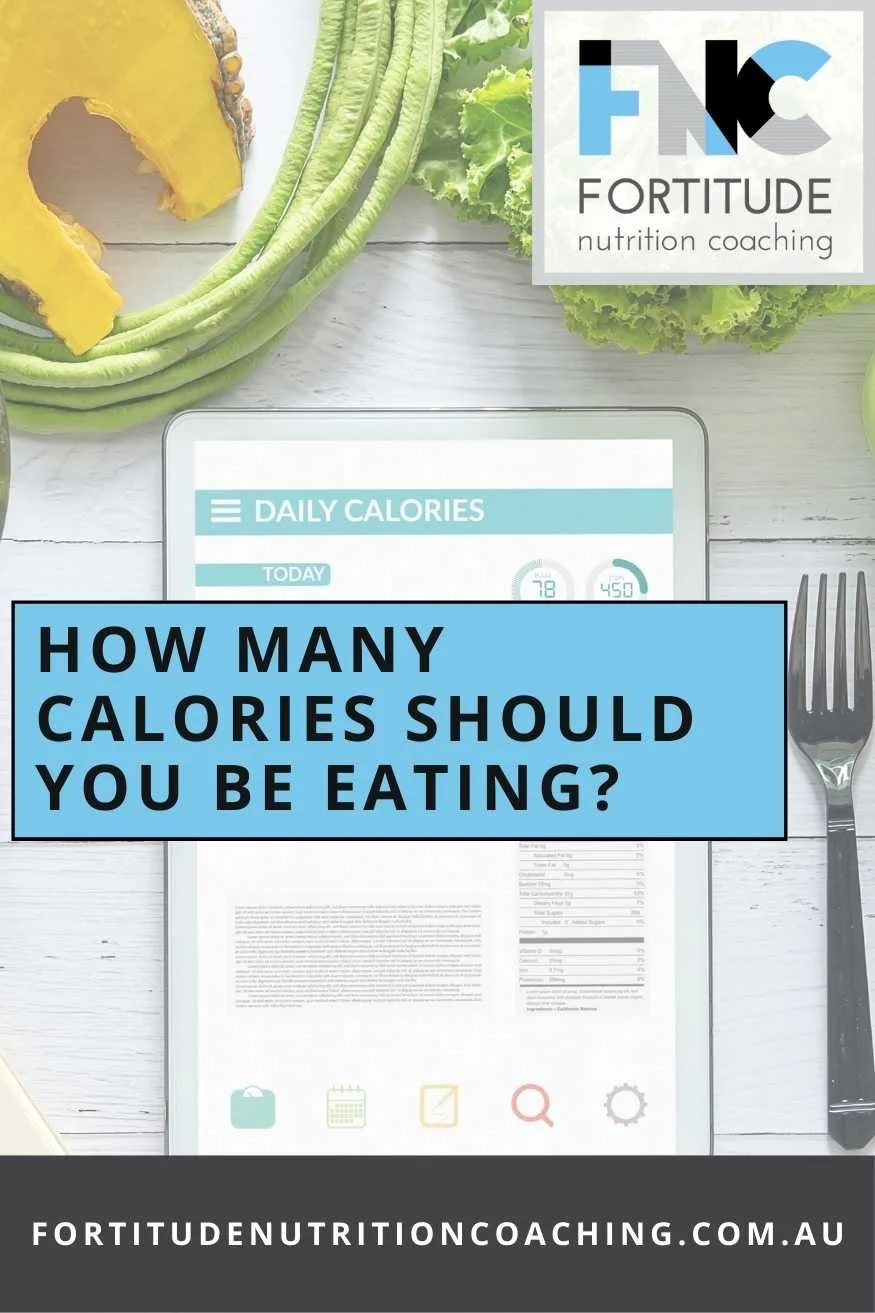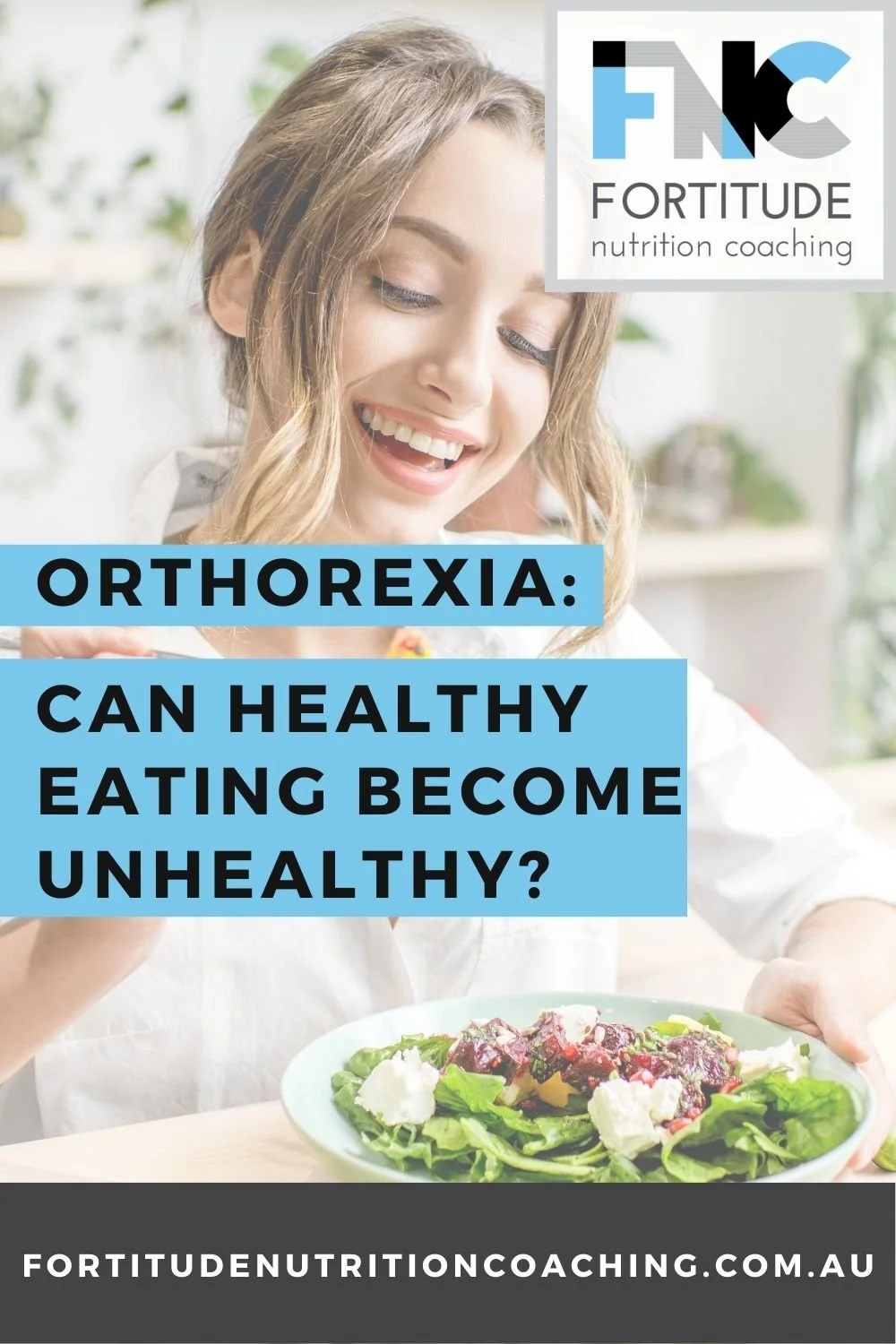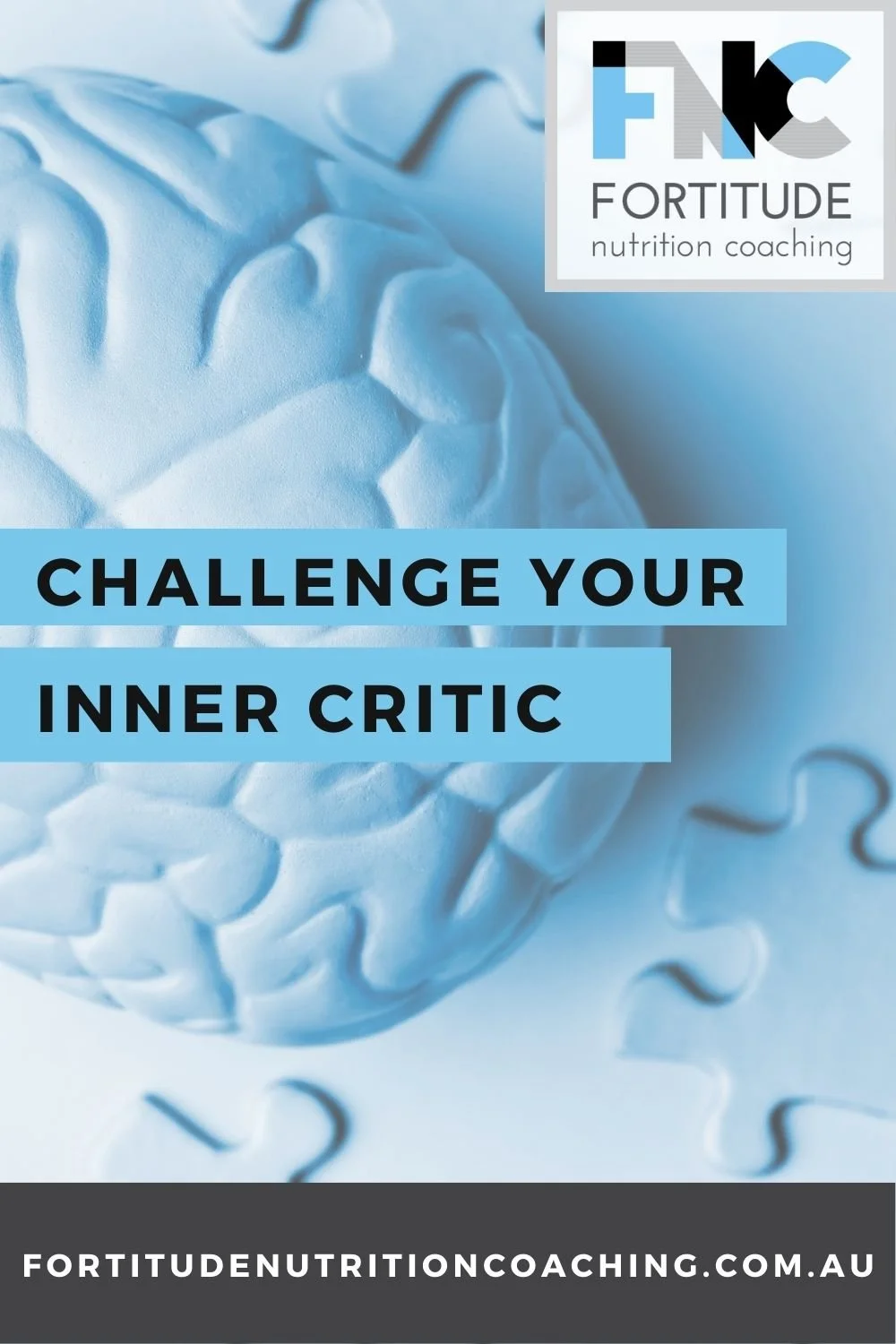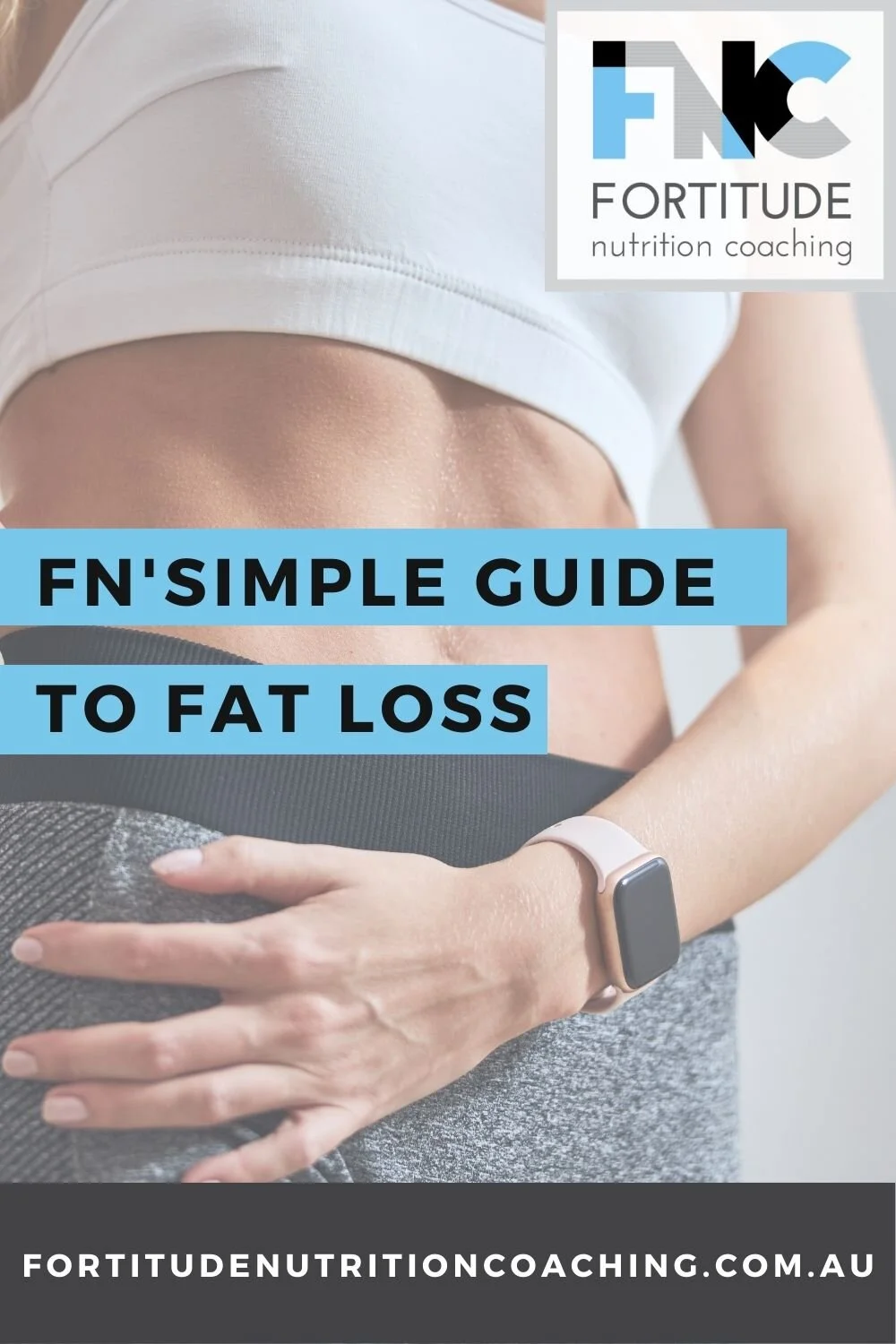The Health Stars are an Australian Government initiative and the basic aim is to help people choose between two similar products.
Fresh, unpackaged foods such as meat, fruit and vegetables are exempt from the rating system.
At this stage, it is voluntary, so food manufacturers can choose whether or not they print the stars on their labels. This is why you won’t find them on every package.
Star ratings are between ½ to 5 stars and are based on an algorithm which takes into account the amount of energy (Calories / Kj), sugar, saturated fat, sodium, fibre, protein, fruit, vegetables, nuts, legumes and in some cases, calcium.
The Health Star rating calculator has recently been updated and now punishes total sugars more severely, which has caused a very interesting fruit juice controversy which I will explain later.
The Health Star Rating aims to simplify comparing products based on the nutrition table into one graphic.
However, if you are comfortable reading the nutrition table, you will be able to use more context when deciding between products.
A super important piece of information is that the health stars are only intended to compare products in the same category.
Eg, you pick up two different yoghurts, compare the amount of health stars and choose the one with the most.
It is not intended to compare products from different food categories.
Eg, you could pick up a breakfast cereal and a yoghurt and both could have 4 stars. These stars are not intended to mean anything in comparison to each other.
It means that specific yoghurt is ⅘ stars for a dairy product.
And that breakfast cereal is ⅘ stars compared to other breakfast cereals.
The ratings are based on 100 grams or 100 ml of the products, so they do not take into account different portions. However, since they only compare like-for-like products, this really isn’t an issue.
They do not take into account any specific additives or preservatives that you as an individual may be aiming to reduce or avoid. Despite what your favourite Insta nutra-celebrity may say, there are no currently used additives or preservatives that we should all be trying to avoid.
By all means, if you have decided as an individual to reduce or eliminate any, go for it - just be aware the health stars won’t take that into account.
Aaaaaand if advice to avoid a certain ingredient hasn’t come from a dietitian, maybe just question why you are doing that, what specific ingredient it is, what the specific alleged harms are and in what dose those harms are relevant.
Food Standards Australia has a comprehensive rundown of chemicals, preservatives and additives in food including why they are used and benefits. It’s a great place to read more if you have a bit of food fear due to that Insta nutra-celebrity.
https://www.foodstandards.gov.au/consumer/additives/Pages/default.aspx
If you can read labels, should you use the Health Star Ratings?
Maybe out of interest, however only as one piece of interest that can help inform you. If you are comparing products because you are specifically looking for more fibre or protein for example, then the actual nutrition label will give you more specific and relevant information.
What’s this fruit juice controversy?
As I mentioned, the Health Star Ratings have been recently updated to punish total sugars more severely. This is not total added sugars but also included naturally occurring sugars.
Whilst the sugars are naturally occurring, when compared to low Calorie or no-Calorie drinks, it suddenly doesn’t compare so well. The dietary fibre is also severely reduced, which would normally give fruit a boost in stars.
The controversy really ramps up with 100% orange juice now potentially having equal or even less stars than diet coke.
This is a great debate for everyone.
Have a look at the graphic and think about which one is healthier.
Now let’s add context.
So for our population, which on average is very well fed, with access to filling, high fibre fruit and vegetables, we are being encouraged to seek our nutrition through whole foods rather than liquids as the whole foods are more filling. With liquids, we can often consume a lot of Calories without feeling full.
If you are already eating fruit and veggies, then drinking juice to get even more vitamins will unlikely have a benefit, however the consumption of that extra energy (Calories) through juice may actually be more of an issue.
That’s for the population, looking at an average. How about those who don’t have access to fresh, frozen or canned fruits and vegetables? Maybe they would benefit from drinking the fruit juice.
Think of someone who suffers very low appetite, such as the elderly or ill. They may struggle to eat enough whole foods due to their low appetite, so drinking juices to consume more energy and vitamins may be a great benefit.
Then think about the diet coke. Your first thought may be “it’s not natural, therefore it’s not healthy.”
Now these drinks aren’t getting more stars, they are staying where they are. However, ask yourself why the “unnatural” aspect is a big negative. Again, is this an assumption or something heard from Instagram?
Aspartame is the artificial sweetener used in most diet soft drinks. Again, Food Standard Australia offers clear information to help us:
All scientific evidence to date supports the safety of aspartame for use as a sweetener.
So we have diet coke, with basically no Calories and no evidence of harm, versus fruit juice with Calories but also vitamins.
The context of the individual person making the decision will come into play as the strongest factor.
However, for a Government trying to help the average Australian with a common food issue - over nutrition - the advice may now make more sense.
What do you think?
1 on 1 Nutrition Coaching with Fortitude Nutrition Coaching
Are you looking for an understanding and supportive human to talk with, to help with advice and guidance? An objective set of eyes to see what you could improve to move towards your goal in the easiest possible way?
We work with real people and get real results. Sign up for 1 on 1 Nutrition Coaching today and get the support, guidance and accountability of a Fortitude Nutrition Coach.















Tired of the "eating healthy" cycle that leads nowhere? Our blog unveils the blueprint for success. Say goodbye to vague intentions and hello to a clear Action Plan. Transform your eating habits with precision - from veggies to protein, breakfast to overcoming obstacles. Break free from the loop and embark on a fulfilling journey. Ready to achieve your goals with confidence? 🎯 Learn more: https://www.fortitudenutritioncoaching.com.au/blog/why-healthy-eating-doesnt-work